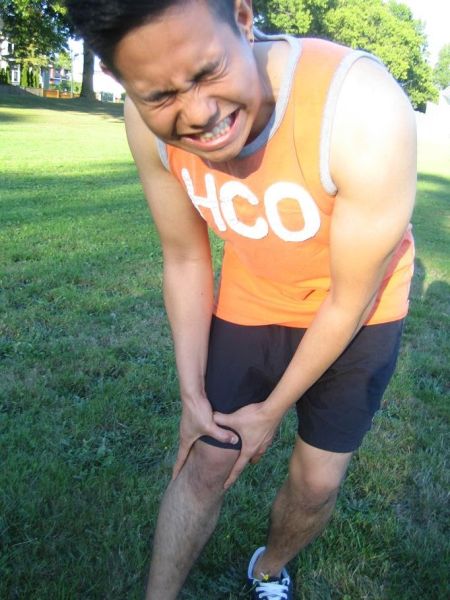Chondromalacia patella is one the most common causes of chronic knee pain. Damage to the cartilage at the back of the kneecap is called chondromalacia patella. Kneecap and patella can be used interchangeably. The kneecap is the found between the quadriceps tendon, the large tendon from the quadriceps (thigh muscles) that wraps around the patella and inserts into the tibia (larger, anterior bone of the lower leg). Smooth cartilages are found behind the patella that slide over the lower part of the femur (lower part) when the leg is straightened.
The cartilage serves as a natural shock absorber, however, injury or other sources of trauma may lead to wear and tear of the smooth cartilage leading to chondromalacia patella. Pain is usually dull but may be aggravated upon movement. Damage can range from slight to severe thus the corresponding treatment can range from home management to therapy and even surgery. Chondromalacia patella is also called patellofemoral pain syndrome.
What Causes Chondromalacia Patella?
It is normal for the patella to be pulled over to the end of the femur in a straight line by the quadriceps, however, in cases of chondromalacia patella, have recurrent irregular patellar tracking toward the outside of the femur.Although the exact cause is known, the following have been associated with chondromalacia patella:
- Overuse – continual stress on the knee joint, such as in sports
- Poor muscle control
- Injury or trauma to the patella
What are the Risk Factors for Chondromalacia Patella?
The following factors predispose an individual to chondromalacia patella:
- Gender: females assumed to be due to anatomical differences
- Age: common in adolescents and young adults but may also occur in elderly
- Flat-footed runners
- Abnormally shaped patella undersurface
What are the Symptoms of Chondromalacia Patella?

It may be difficult to determine if the pain in the knee is cause by chondromalacia patella or by other causes.The commonly associated symptoms of chondromalacia patella include:
- Pain around or behind the knee – worsens upon climbing up or going down the stairs, fast-paced activities, kneeling or sitting with a bent knee for an extended period of time
- A grating sensation on the knee upon movement
- In rare cases, swelling
How do you give First Aid Treatment for Chondromalacia Patella?
Mild cases of chondromalacia patella can be treated at home, however, if the pain persists for days, seek medical care. In moderate to severe cases, therapy or even surgery may be required.
- Avoid strenuous activities that may exacerbate knee pain.
- Ice the knee to reduce pain. Do not apply ice directly to the skin instead wrap it around a towel or washcloth.
- Also, adhesive tape may be applied over the patella to minimize pain.
- Over-the-counter (OTC) pain medications may also be taken.
To learn more about how to treat and manage chondromalacia patella and other knee and bodily pains, enrol in First Aid Courses.

